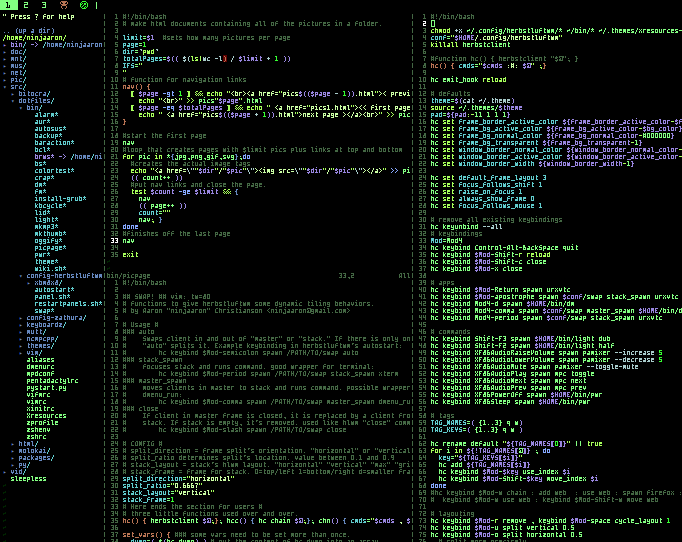Make Sense of Data with Datadog

Stop us if you’ve heard this before. Your systems are producing massive amounts of data. You’re monitoring it all, but you’re left with a large repository of data that just sits there. You need an intelligent monitoring solution like Datadog to make sense of the data so you can act when necessary.
Whether you’re focused on development processes, operations, service desk, or something else, small issues can become crippling incidents if you ignore the alerts.
Datadog is a cloud monitoring solution that brings metrics from apps, tools, and services into one place. When events meet predetermined criteria, this integration with xMatters relays critical Datadog insights to the correct people and systems to help coordinate and resolve incidents faster.
Why cloud monitoring matters
Data breaches have reached epidemic proportions over the last decade, and often the damage is worse because companies don’t realize they have been breached until months after the intrusion. As a result, more corporate and personal data is lost to hackers. Over the last few years, ransomware has increased in numbers as well.
In a 2017 survey measuring DevOps maturity, companies told xMatters and Atlassian that they monitor virtually everything but still have issues when code reaches production. Releasing code without any issues is unrealistic in a fast-paced DevOps environment, but companies are still reacting too slow. The Datadog integration with xMatters can help with that.

Datadog integration
About Datadog
The xMatters integration with Datadog leverages your group on-call schedules and rotations, escalation rules, and user device preferences to quickly engage the right resources with customizable response and collaboration options.
By integrating xMatters with your other tools, you automatically transfer key Datadog alert data throughout your systems and drive workflows forward. When you embed Datadog insights into notifications and collaboration invitations, your resolution teams can take immediate action. Here are a few examples:
- Create a service management ticket with Datadog insights
- Invite people across multiple teams to a conference call with context from Datadog
- Initiate a targeted chat room via Slack, HipChat or Hubot
- Record chat room activity back into Datadog or a service management ticket
Working with Datadog, xMatters takes more meaningful action:
- Quickly identifies and notifies the on-call resource on a variety of devices
- Allows for voice, SMS, and push messages to team members
- Allows users to Mute and Claim alerts from Datadog Monitors directly from their device
- Allows users to view xMatters shift data from within the Datadog interface
This powerful two-way integration allows you to update status and add comments back into Datadog. The xMatters On-Demand and Datadog integration uses the following custom webhooks created within Datadog.
Datadog Alerts: The Datadog Alerts feature creates a customized workflow within xMatters to handle Datadog monitored alert events. Whenever you @-mention the alerts webhook, xMatters will receive the payload and enrich the data via Datadog APIs. Once the event is created within xMatters, status updates and delivery notifications can be sent back to the source event with Datadog via outbound integrations.
Engage with xMatters: The Engage with xMatters feature allows users to provide updates, request help, or start a conference bridge with colleagues from other teams to collaborate on events, event stream posts or snapshots within Datadog.
Who’s On Call: The Who’s On Call feature displays current xMatters shift information within the Datadog event stream without opening a new browser window or logging into xMatters. So you can identify the appropriate on-call person instead of searching a company directory or calling a data center and hoping someone picks up,.
If you’re an xMatters customer, you can quickly and easily add the built-in Datadog integration through our Integration Directory.